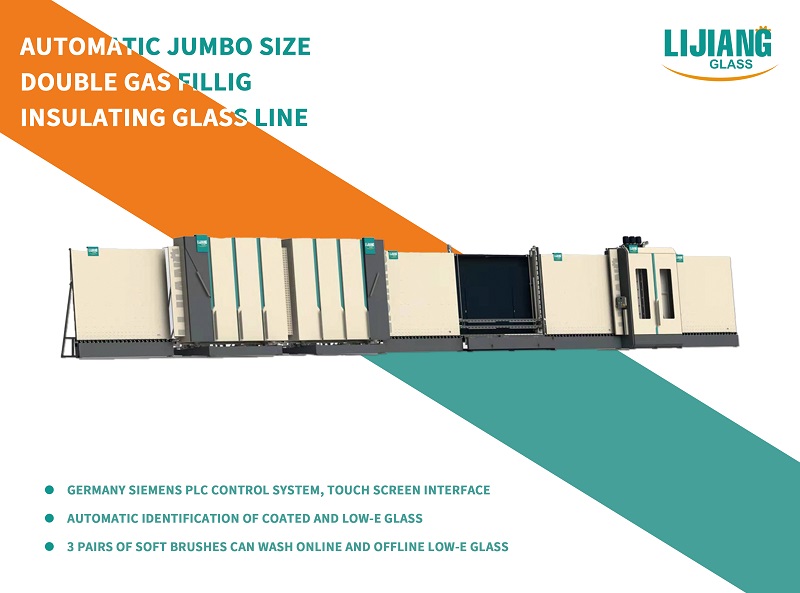PERFORMANCE OF INSULATED GLASS UNIT
1. Introduction
Insulated Glass Units (IGUs) feature two panes of glass separated by an inert gas
The layer of gas diffuses heat transfer, which makes the window more energy efficient
IGUs are also known as “double glazing” of “double-pane” glass windows
2. Components of Insulated Glass Units
Glass – The glass in IGUs may be a variety of thicknesses or type. Laminated or tempered glass can be utilized in regions in which protection or electricity is a priority. IGUs also can comprise up to a few panes of glass in which more warmness or sound insulation is required. Thicker glass is extra highly-priced however extra efficient.
Spacer – IGUs make use of a spacer that separates the 2 glass panes in which they meet on the edges / window frame. These spacers normally have a few kind of desiccant to take in moisture among the panes and save you fogging. The width of the spacers relies upon at the fueloline used for insulation and window type. Generally, the broader the spacer, the extra efficient (and highly-priced) the window.
Window Frame – Insulated glass is used in many different types of windows where efficiency is required: double hung windows, picture windows, casement windows and skylights use insulated glass to prevent heat loss.
Gas – The gas used between the glass panes varies with each manufacturer. In general, an inert gas such as argon, krypton or a mixture of both creates the insulating barrier between the indoors and outdoors.

3. Insulated Glass Unit Performance
Windows are a well-known problem when it comes to energy efficiency. By keeping the ambient indoor air temperature insulated from the outside, IGUs help lower your energy bill. The performance of insulated glass is determined by the thickness of the glass and the insulating space between each pane.
To improve the situation even further, window coatings can be combined with IGUs to create an efficient window that also reflects sunlight in warm climates or even absorbs and contains sunlight in colder climates. Coatings are applied on the interior of IGUs to reflect UV light back into homes to retain warmth, or on the outside to keep sunlight from heating up a home.
For maximum performance, multiple surfaces of the IGU can be coated, though this comes at a higher cost. In double-pane windows there are four surfaces that can be coated.
